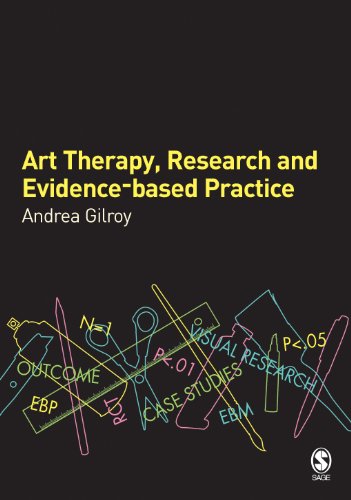Art Therapy, Research and Evidence-based Practice
Availability :
In Stock
₹ 9,372.80
M.R.P.:₹ 11716
You
Save: ₹2,343.20 (20.00% OFF)
(Inclusive
of all taxes)
Delivery:
₹ 0.00 Delivery charge
Author:
Andrea Gilroy
Publisher:
SAGE Publications Ltd
Edition:
1st Edition
ISBN-13:
9780761941132
Publishing Year:
2006-10-01
No. of Pages:
192 pages
Weight:
480 grm
Language:
English
Book Binding:
Hardback











